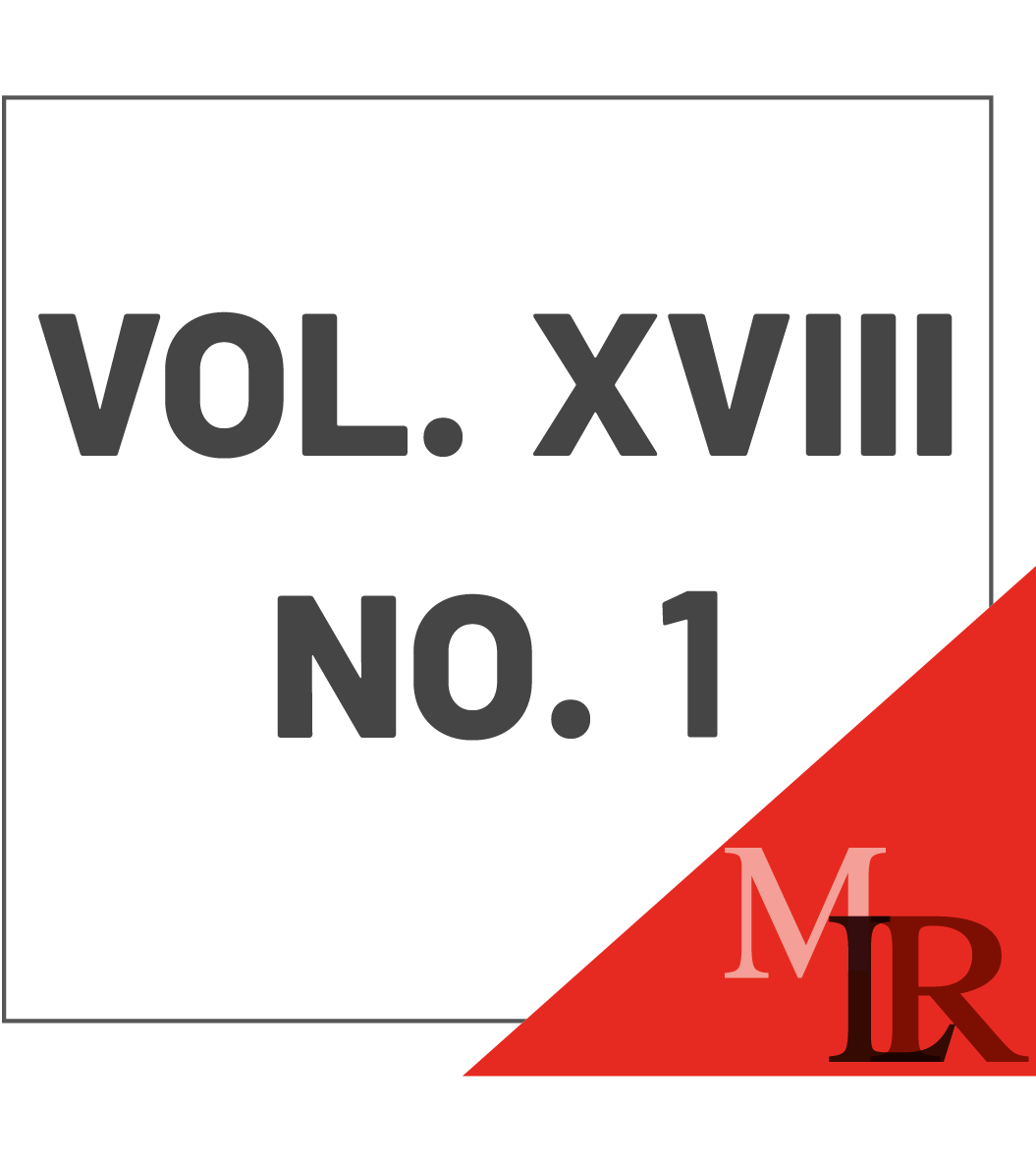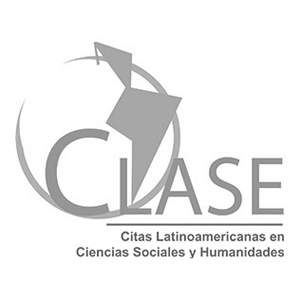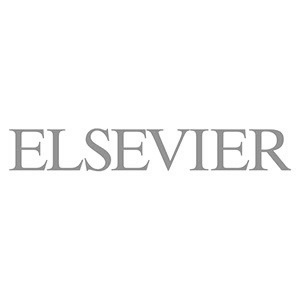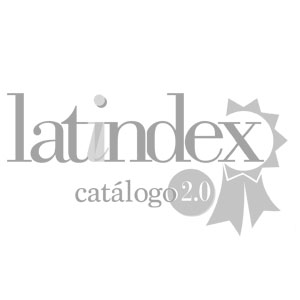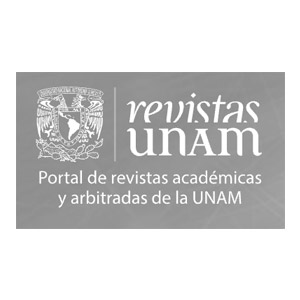Toward a New Regulation on the Exclusionary Rule. What Can Mexico Learn from American and Canadian Experiences?
For over a century, U.S. debate surrounding the Exclusionary Rule has centered on questions such as if it inevitably allows criminals to go free, if the victims suffer due to police misconduct, or if the rule’s scope has narrowed over time. The rule’s primary objective has been to deter police misconduct. In Canada, discussions have focused on the necessity of conducting a discretionary analysis to determine the admissibility of unconstitutionally obtained evidence, especially since Canada’s Charter of Rights and Freedoms publication in 1982. Mexico’s debate on the issue began in 2008, and its version of the rule aims to guarantee more rights for the accused; however, it remains subject to legal interpretation and hasn’t been able to effectively reduce police misconduct. This article provides a brief comparison of the Exclusionary Rule’s-related regulation in the three neighboring countries. It suggests that Mexico should consider its northern neighbors common law legal history and pursue substantive changes to the National Criminal Procedures Code. These should directly address illegal evidence’s prohibition and any exceptions to the rule that may exist.
Article Details

This work is licensed under a Creative Commons Attribution-NonCommercial 4.0 International License.
References
Philip Alston & Ryan Goodman, International human rights 1045 (Oxford University Press, 2013).
Miguel Anaya & Paola De la rosa, la prueba ilícita, sus premisas, regulación y excepciones en el sistema penal acusatorio 116 (México: Flores Editor y Distribuidor, 2017) Erik Perez Loyo, La prueba ilicita (México: Flores Editor y Distribuidor, 2022).
Teresa Armenta Deu, La prueba ilícita: Un estudio comparado 188 (Editorial Marcial Pons, 2da ed., 2011).
Jeffrey Bellin, Crime-Severity Distinctions and the Fourth Amendment: Reassessing Reasonableness in a Changing World, 97 Iowa L. Rev. 1, 3-48 (2011).
Robert Bloom, Inevitable Discovery: An Exception Beyond the Fruits, 20 American Journal of Criminal Law, No. 079. 79-104 (1992).
Peter Brooks, Inevitable Discovery-Law, Narrative, Retrospectivity, Yale J. of Law and the humanities, 2013, in 71.
John Brown, The Good Faith Exception to the Exclusionary Rule, 23 S. Tex. L.J. 655. (1982).
Luis Calero, Aspectos materiales y procesales del principio acusatorio: problemas probatorios, prueba ilícita y procesos penales socialmente relevantes. La exclusión de pruebas ilícitamente obtenidas en el Derecho Procesal de los Estados Unidos, 66 Revista del poder judicial, 367-401 (2002).
Thomas K. Clancy, The Fourth Amendment`s Exclusionary Rule as a Constitutional Right, 10 Ohio St. J. of Crim. L., May 12th, 2012, at 357.
Ignacio Cano & José Fragoso, Letalidade da acao policial no Rio de Janeiro: A actuacao da Justica Militar, 8 Revista Brasileira de ciencias criminais 30, 207-233 (2000).
Carlos Correa Robles, La función de la exclusión de la prueba ilícita en el proceso penal y sus consecuencias: un estudio comparado, 16 Política criminal 32, 644-677 (2021).
International Covenant on Civil and Political Rights, 1976.
Thomas Davies, A Hard Look at What We Know and Still Need to Learn About the Costs of the Exclusionary Rule, USA, American Bar Association 611 (1983).
Wayne Gorman, The Admission and Exclusion of Unconstitutionally Obtained Evidence in Canada, 54 Court Review: The Journal of the American Judges Association 1, 113 (2018).
Bradley Graveline, Fourth Amendment-An Acceptable Erosion of the Exclusionary Rule, 79 J. Crim. L. & Criminology 647 (1988).
Philip Halpern, Federal Habeas Corpus and the Mapp Exclusionary Rule After Stone v. Powell, 82 Colum. L. Rev. 1 (1982).
Robert Harvie, The Exclusionary Rule and the Good Faith Doctrine in the United States and Canada: A Comparison, 14 Loyola of Los Angeles International and Comparative L. J. 4, 798 (1992).
INEGI, Encuesta Nacional de Victimización y Percepción sobre Seguridad Pública (ENVIPE) (2024).
Institute for Economics and Peace, Índice de Paz 2 (México 2019). https://www.economicsandpeace.org/wp-content/uploads/2020/08/Mexico-Peace-Index-2019-Spanish.pdf
Lucía Jasso & Carolina Jasso, Abuso policial, discrecionalidad y tecnologías de vigilancia en América Latina, 42 Iztapalapa. Revista de ciencias sociales y humanidades 90, 119-144 (2021).
Stephen Kaczynski, Nix v. Williams and the Inevitable Discovery Exception to the Exclusionary Rule, Army Law, 1(1984).
Yale Kamisar, Brewer v. Williams, Massiah and Miranda, What Is ‘Interrogation’-When Does It Matter, 67 Geo. L. J. 1 (1978).
Matthew D. Kim, The Exclusionary Rule and Judicial Integrity: An Empirical Study of Public Perceptions of the Exclusionary Rule, 87 Mo. L. Rev. (2023).
Edwin Fee, Jr., Criminal Procedure I: Narrowing the Protection of the Fourth Amendment, Ann. Surv. Am. L. 371. (1989)
James Fishkin, Nix v. Williams, An Analysis of the Preponderance Standard for the Inevitable Discovery Exception, 70 Iowa L. Rev 1369 (1984).
Mike Lavin, The Impact of the Exclusionary Rule Upon the Montana Criminal Justice System, United States, National Institute of Justice (1984) https://www.bjs.gov/content/pub/pdf/ierumcjs.pdf
Jose Luengo & Tessa Butler, Impunity in Mexico: A Rising Concern, Justice in Mexico, (May, 4, 2018), https://justiceinmexico.org/impunity-mexico-rising-concern/
Peter Nardulli, The Societal Cost of the Exclusionary Rule: An Empirical Assessment, 8 American Bar Foundation Research Journal 3, 585-609 (1983).
Esther Nir, Empowering the Exclusionary Rule: Using Suppression Motion Data to Improve Police Searches and Searches in the United States, 22 International Journal of Police Science & Management 1, 96–107 (2020). https://doi.org/10.1177/1461355719888945 Last consulted February 10th, 2025.
Myron Orfield, The Exclusionary Rule and Deterrence: An Empirical Study of Chicago Narcotics Officers, 54 The University of Chicago Law Review 3, 1016-1069 (1987).
Debra Osborn, Suppressing the Truth: Judicial Exclusion of Illegally Obtained Evidence in the United States, Canada, England and Australia, 1 Elaw Journal, Murdoch University Electronic Journal 44, (2000).
Richard Posner, Rethinking the Fourth Amendment, 49 The Supreme Court Review, 49-80 (1981).
Report by the Comptroller General of the United States, Impact of the Exclusionary Rule on Federal Criminal Prosecutions 14 (1979).
Marien Rivera & Rafael Chávez, Presentan cifras de inseguridad en México, 1 Números rojos del sistema penal 1, 1-17 (2011).Joanna Schwartz, After Qualified Immunity, 120 Columbia Law Review 2, 309–388 (2020).
José Serna, The Concept of Jurisprudencia in Mexican Law. 1 Mexican Law Review, no.2 5 (2009).
Liu Siyu & Esther Nir, Mission Impossible? Challenging Police Credibility in Suppression Motions, 33 Criminal Justice Policy Rev. 6, 584–607 (2021).
Eileen Skinnider, Improperly or Illegally Obtained Evidence: The Exclusionary Evidence Rule in Canada, International Centre for Criminal Law Reform and Criminal Justice Policy 6, 1-26 (2005).
Robert Smith, Herring v. United States: The Continued Erosion of the Exclusionary Rule, 61 Mercer Law Review, No. 2, Article 9 (2010).
James Stribopoulos, Lessons from the Pupil: A Canadian Solution to the American Exclusionary Rule Debate, 22 Boston College International and Corporative L. Rev. 1, 77-140 (1999).
Philip Stinson, Criminology explains police violence, (University of California Press, 2020).
Tesis: CLXII/2011, Semanario Judicial de la Federación y su Gaceta, Novena Época, t. XXXIV, agosto de 2011, p. 226. Registro 161221.
Tesis 139/2011, Semanario Judicial de la Federación y su Gaceta, Décima Época, t.3, diciembre de 2011, p. 2057. Registro: 160509
Tesis: 1a./J. 35/2015 (10a.), Gaceta del Semanario Judicial de la Federación, Primera Sala, Décima Época, t. 1. libro 18, mayo de 2015, p. 302. Registro número 2009008.
Tesis: (II Región) 1o.6 P (10a.), Gaceta del Semanario Judicial de la Federación, Décima Época, Libro 70, Septiembre de 2019, Tomo III, p. 2006, Registro: 2020672.
Tesis: I.1o.P.50 P (10a.), Gaceta del Semanario Judicial de la Federación, Décima Época, Libro 45, Agosto de 2017, Tomo IV, p. 3031, Registro 2015004.
Tesis:I.9o.P.63P, Gaceta del Semanario Judicial de la Federación, Décima Época, t. III, septiembre de 2014, p. 2529. Registro número 2007446.
Tesis: I.9o.P. J/16 (10a.), Gaceta del Semanario Judicial de la Federación, Décima Época, t.II, libro 20, julio de 2015, p. 1583. Registro: 2009552.
Tesis: (II Región)1o.5 P (10a.), Gaceta del Semanario Judicial de la Federación, Décima Época, Libro 70, Septiembre de 2019, Tomo III, Página: 2007, Registro: 2020673.
Matthew Tokson & Michael Gentithes, The Reality of the Good Faith Exception, Georgetown Law Journal 546, 1-57 (2023).
Craig Uchida & Timothy Bynum, Effects of “United States vs. Leon” on Police Search Warrant Practices, (1984-1985, Stanford libraries). https://www.icpsr.umich.edu/web/NACJD/studies/9348
Usaid, Observatorios de audiencias y resoluciones judiciales. Estado de México y Baja California (2023).
Malcolm Wilkey, The Exclusionary Rule: Why Suppress Valid Evidence?, 62 Journal Judicature 5, 214-232 (1978).
William Westley, Violence and the Police, 1 American Journal of Sociology 59, 34-41 (1953).
World Justice Project, Índice de Estado de Derecho en México 2019-2020 (2020).
Carolyn Yagla, The Good Faith Exception to the Exclusionary Rule: The Latest Example of “New Federalism” in the States, 71 Marquette L. Rev. 1, 15 (1987).
